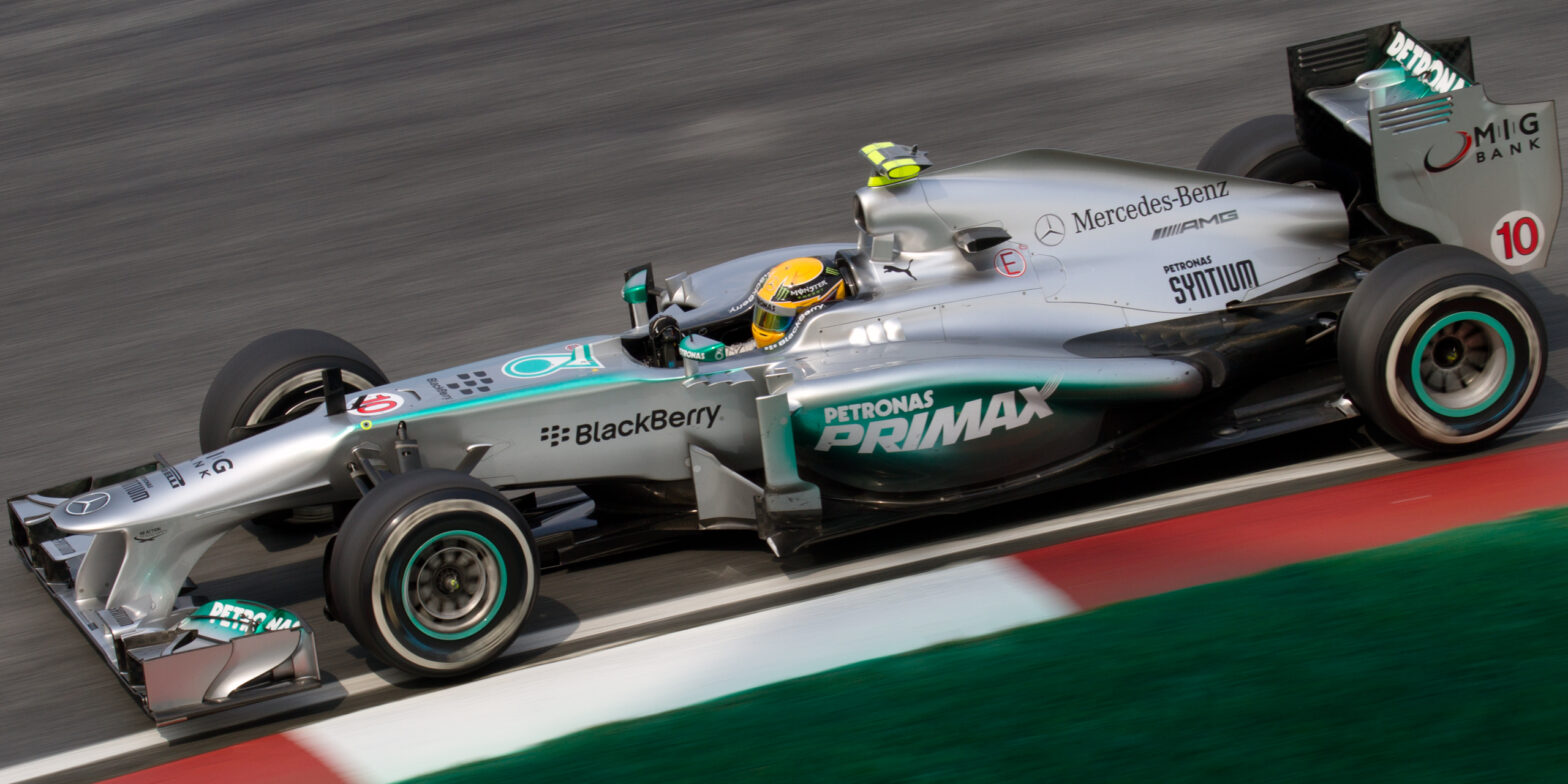The Formula One season finished with Lewis Hamilton crowned the victor, following a titanic battle that went right down to the wire with his Mercedes teammate, Nico Rosberg.
But since the speed and excitement entered our living rooms over that final weekend, what can the wider world could learn from this furiously paced, technology driven nitro-sport, where the slightest technical issue or glitch can quite literally make miles of difference?
From the real-time monitoring throughout the race to the instant diagnostic and problem resolution during pit-stops – contact centre agents and businesses need to have the same level of urgency for monitoring and reacting to customer queries.
Monitoring real-time movements
One of the standout elements of modern F1 racing is just how data-driven the sport has become.
Faster access to data during the race allows for quicker car modelling and simulation tests.
>See also: Which Formula One team boasts the most innovative tech infrastructure? The answer may surprise you
Teams are now analysing around 2,000 statistics per lap on everything from weather, fuel and positional data insights to support the optimum race strategy.
Similarly, businesses need to be monitoring multiple channels across social media, calls, emails and multimedia, in real-time, to stay on top of customer insights and adopt the right strategy to drive engagement.
Providing the skilled pit-team
Regardless of the level of technical expertise on show, things go wrong. But pit-crews have extensive training to allow them to react to any feasible scenario.
Having established the fault, the team is poised for the incoming driver, ready to rectify the issue in a matter of seconds.
Just as the guys in the pit-crew have to know every inch of the car inside and out, contact centre agents have to get to know their customers and be properly trained to deal with any situation.
Companies need to closely monitor employee performance development and have comprehensive training plans in place to ensure that customer-facing employees are as knowledgeable and helpful as possible.
Post-race analysis
People don’t down tools after the race and in business it shouldn’t be any different. It is just as important to reflect, analyse and evaluate what crucial improvements need to be made based on this insight.
By understanding the voice of your customer better and directly engaging with them via the channels and methods they prefer, businesses are in a better position to support the entire customer journey.
We’ve seen very public failings on this account in the media recently with the utility company price hikes and high street banks suffering from account switch regulation changes.
Customers want service to be pain-free and quick, and products and services to work seamlessly. Customers are willing to take their business elsewhere when these expectations aren’t met.
Accessing and acting upon collected insight will help to improve customer interactions, and by customising the customer service vehicle to the individual, businesses will provide the best experience and service for the smoothest ride, ensuring the customer stays loyal to the team.
The role of technology
Each racing team’s opportunity to perform above and beyond the competition is increasingly reliant on technology. It’s all about staying ahead of the curve and having the right tools and skills in place to predict what will happen next and act pre-emptively.
>See also: How Marussia automated its businesses processes to accelerate its F1 calibre
This can equally be said of delivering customer service in the connected world, as organisations are under pressure to keep pace with empowered consumers.
Providing a seamless omnichannel experience is crucial for engaging with and energising a customer base, in an effort to maintain customer loyalty.
The nuts and bolts of customer service have to stem from these technological foundations, where having the right tools and solutions in-place can provide businesses with the grounding to overtake the out-of-touch competition.
Sourced from Marije Gould, Verint







